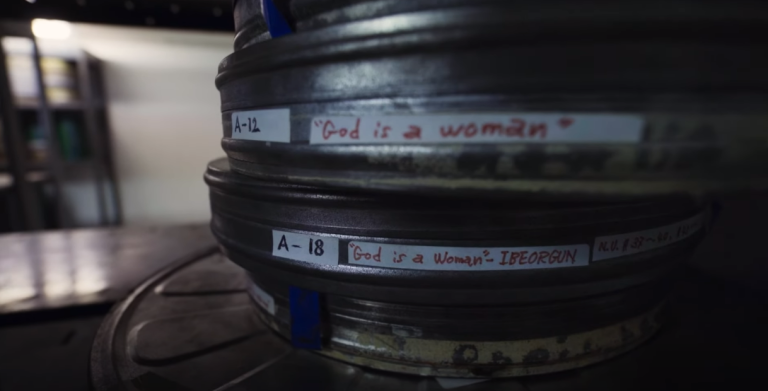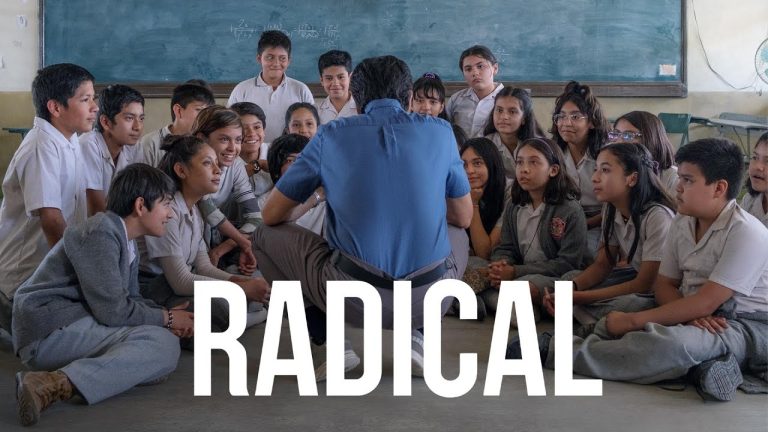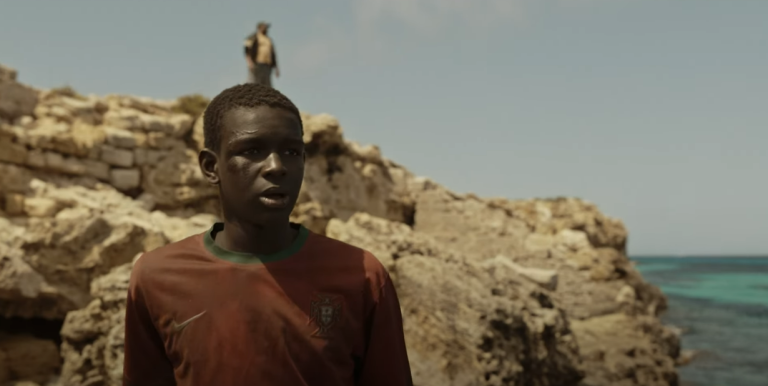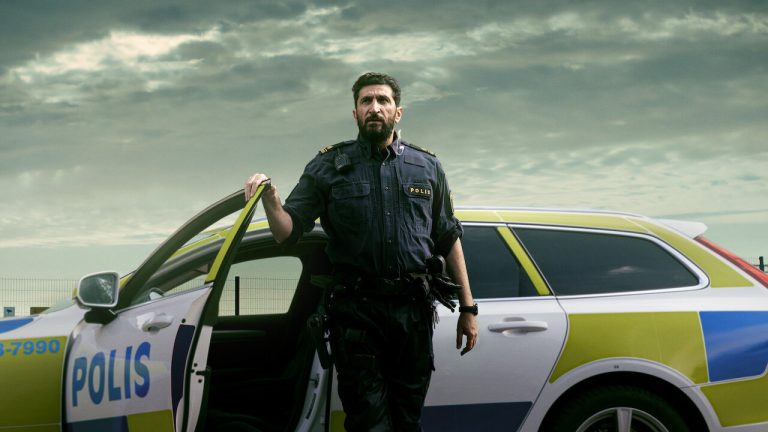

“Ghostbusters: Afterlife” faces criticism for leaning heavily on nostalgia without capturing the essence that made the original film a success. Director Jason Reitman attempts to infuse familiar elements from the beloved 1984 movie, but it often feels superficial, lacking the original’s charm and depth. Rather than forging new ground, the film seems fixated on referencing past moments, resulting in a somewhat hollow experience akin to a meme where a character merely acknowledges a reference without contributing anything meaningful.
This installment in the Ghostbusters franchise serves as both a sequel and a reboot, but it conspicuously ignores the 2016 all-female “Ghostbusters” film. This omission reflects a lingering resistance to accepting women in prominent ghostbusting roles. While the latest film features women at Ghostbusters headquarters, their involvement feels limited and somewhat stereotypical. Moreover, the inclusion of the iconic theme song from 1984, while a nostalgic touch, seems out of place in the current context.
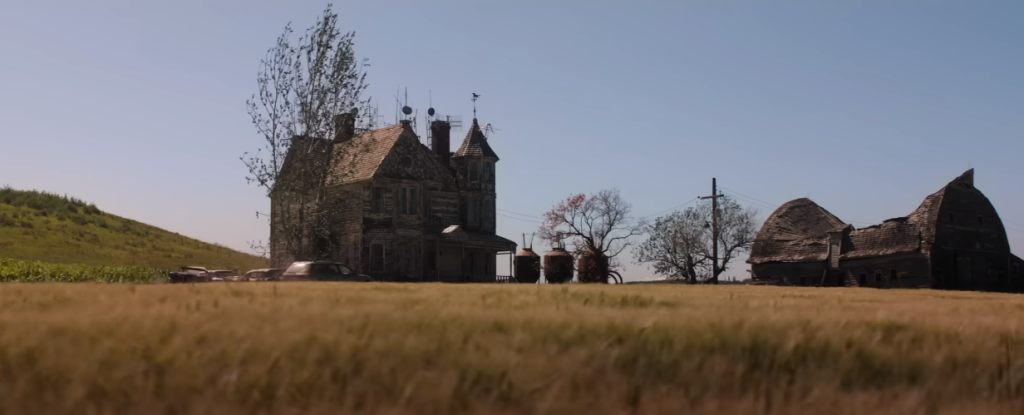
The story unfolds with the descendants of one of the original Ghostbusters relocating to rural Oklahoma. Carrie Coon portrays Callie, a single mother of two, whose potential is somewhat underutilized in the narrative. Her son Trevor is portrayed as a moody teenager with a knack for mechanics, while her daughter Phoebe inherits her grandfather’s passion for science. Their move to Summerville to take over their grandfather’s dilapidated farm sets the stage for encountering eerie phenomena in the vicinity.
Despite Reitman’s familial ties to filmmaking, he heavily draws inspiration from Steven Spielberg’s cinematic style. Attempting to cultivate a mysterious ambiance through techniques like low-angle shots and the atmospheric music of Rob Simonsen, the film occasionally takes itself too seriously. It treats the Ghostbusters’ mythology with undue solemnity, bordering on treating it as serious science fiction rather than the lighthearted comedy it originated as, resulting in a somewhat forced reverence.
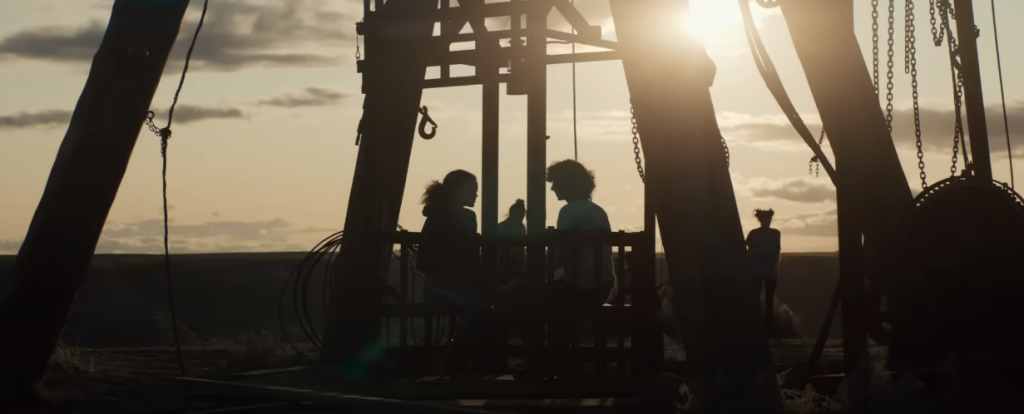
Decades after the events of the original Ghostbusters film, its legacy persists. Phoebe strikes up a friendship with Podcast, a youngster enamored with the supernatural, and they bond over watching clips from the original movie on YouTube. Their explorations lead them to a hidden lair beneath the farmhouse, housing antiquated ghostbusting equipment, including the iconic ECTO-1 car. Reitman repeatedly underscores familiar symbols such as the ECTO-1 license plate and logo, as well as classic lines like “Who you gonna call?”—eliciting mixed reactions from audiences, some of whom may groan at the overt nods.
The film heavily leans on established elements and references from the original, often recycling them to cater to die-hard fans with an eye for detail. For instance, the return of the Stay-Puft marshmallow man, albeit in a diminutive and malevolent form wreaking havoc at Walmart, feels somewhat contrived. However, the logic behind their actions—such as attacking characters while also attempting to make s’mores out of each other—can be confounding.

“Ghostbusters: Afterlife” finds its stride when delving into the dynamics of the central family and their struggles to acclimate to their new surroundings. The interplay between characters portrayed by Rudd and Coon, marked by playful banter, provides moments of genuine enjoyment. Trevor’s endeavors to forge connections, including a budding romance with a waitress portrayed by Celeste O’Connor, hint at potential but may not fully exploit the actress’s talents. Mckenna Grace infuses intelligence into her role, although a recurring gag involving her penchant for sharing bad jokes to bond with others falls flat. It’s somewhat disheartening to witness Grace in this role, given her demonstrated versatility in other projects such as “I, Tonya” and “The Handmaid’s Tale.”
Ultimately, “Ghostbusters: Afterlife” appears more preoccupied with paying homage to the original cast, who make cameo appearances but often seem disengaged. The portrayal of the late Harold Ramis is particularly poignant, though some may find it uncomfortable. Nonetheless, the original cast members seem to grasp the film’s intent as a lighthearted, enjoyable romp, and little more.

| Aspect | Critique |
|---|---|
| Nostalgia | Over-reliance on nostalgia without capturing the essence of the original film’s success. |
| Treatment of Women | Limited involvement of women in stereotypical roles, erasure of the 2016 all-female reboot. |
| Cinematic Techniques | Borrowing heavily from Spielberg’s style but taking itself too seriously. |
| Family Dynamics | Engaging when focusing on family dynamics and struggles to adapt. |
| Acting | Underutilization of talented actors and actresses. |
| Original Cast | Unenthusiastic cameo appearances, particularly uncomfortable portrayal of Harold Ramis. |

